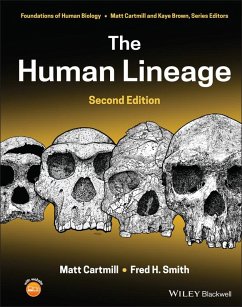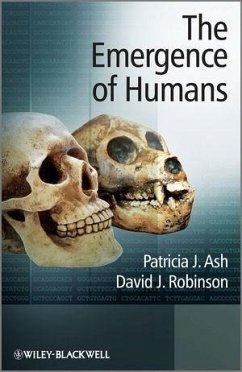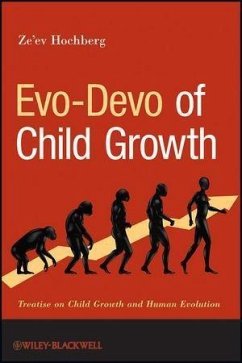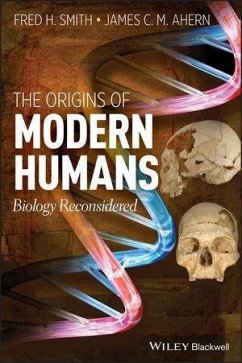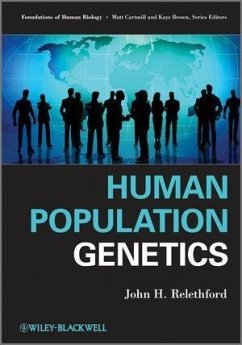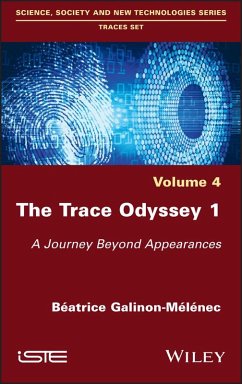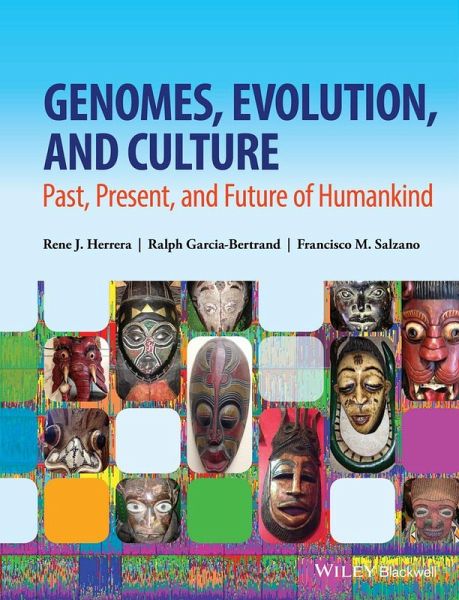
Genomes, Evolution, and Culture (eBook, ePUB)
Past, Present, and Future of Humankind
Versandkostenfrei!
Sofort per Download lieferbar
71,99 €
inkl. MwSt.
Weitere Ausgaben:

PAYBACK Punkte
0 °P sammeln!
This book combines recent information and discoveries in the field of human molecular biology and human molecular evolution. It provides an interdisciplinary approach drawing together data from various diverse disciplines to address both the more classical anthropological content and the current more contemporary molecular focus of courses. Chapters include a history of human evolutionary genetics; the human genome structure and function; population structure and variability; gene and genomic dynamics; culture; health and disease; bioethics; future.
Dieser Download kann aus rechtlichen Gründen nur mit Rechnungsadresse in D ausgeliefert werden.





